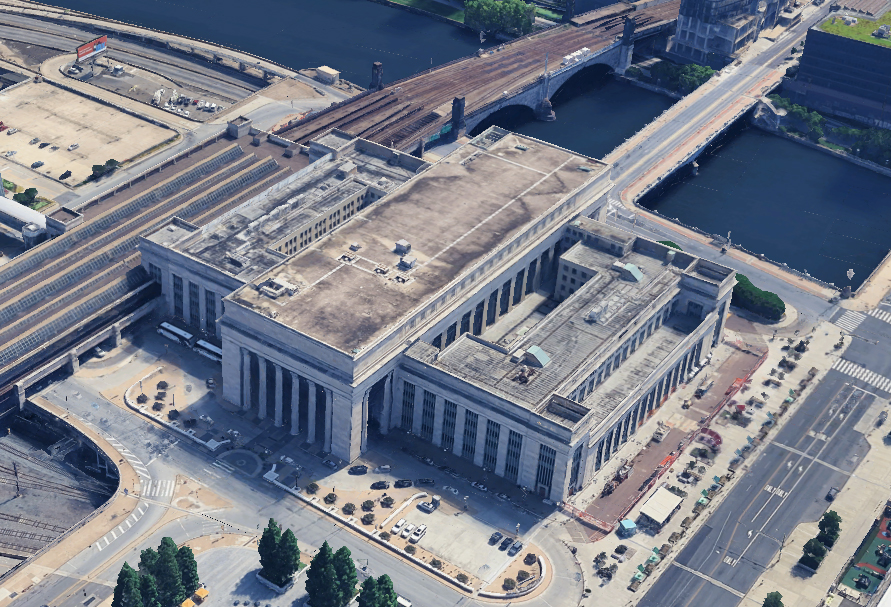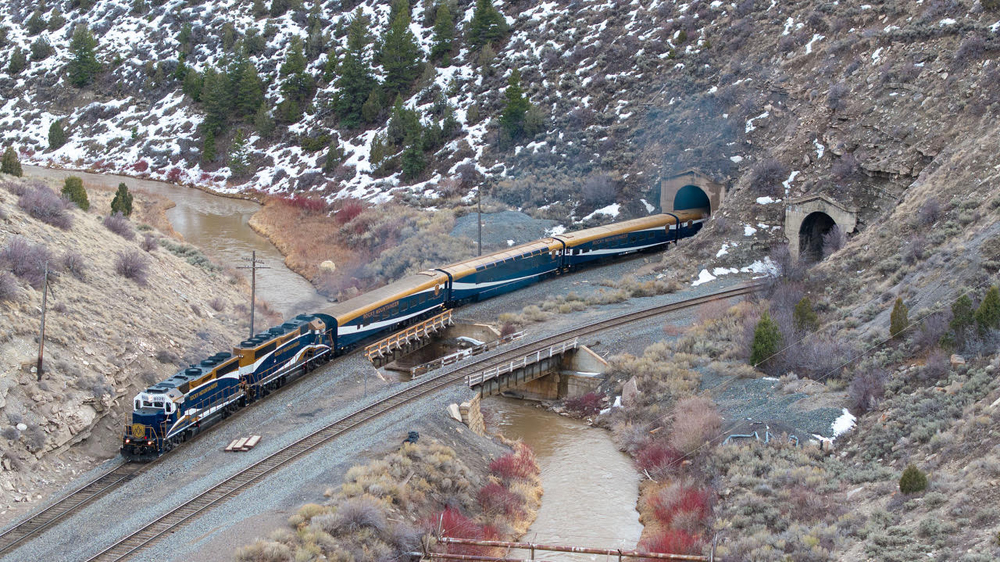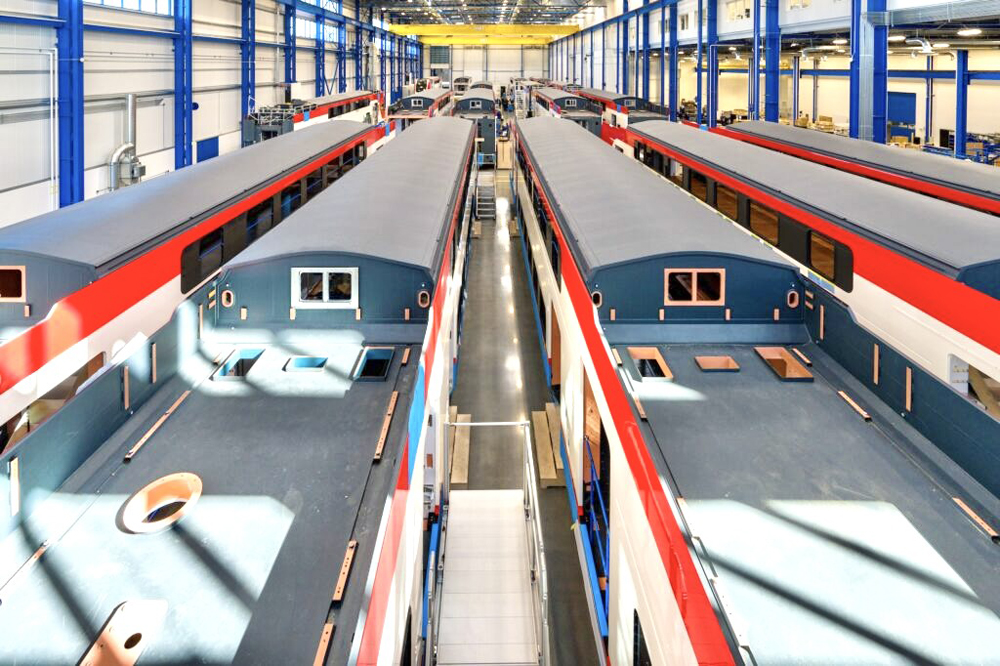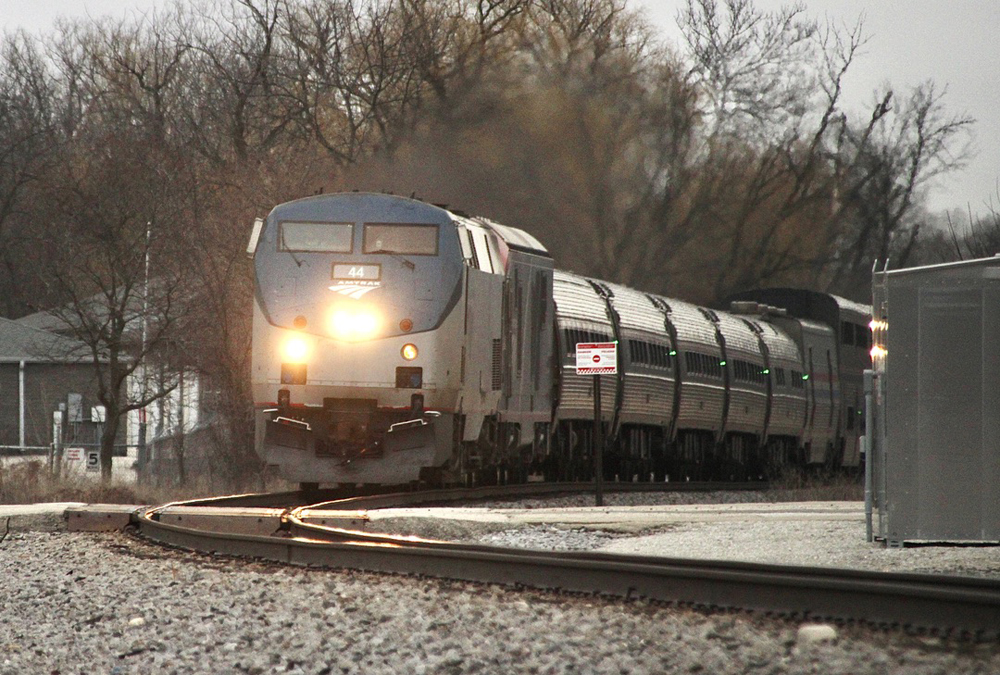Meet John Morrison
How did I get started in the hobby?
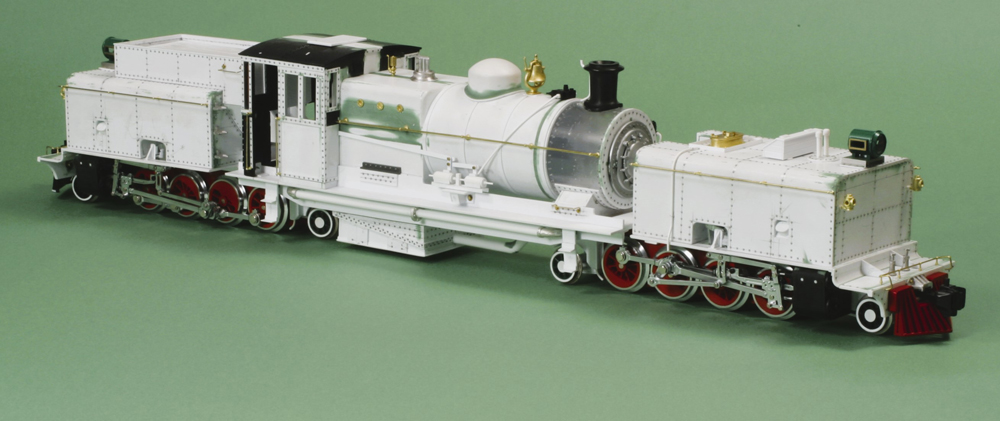
I’ve been a model railroader as long as I can remember. As a little kid, I would tie all my wheeled toys together with string, pull them around the house and call it a “train.” I grew up in Sydney, Australia and couldn’t afford model railroading until I came to America in 1968.
My first large scale locomotive?
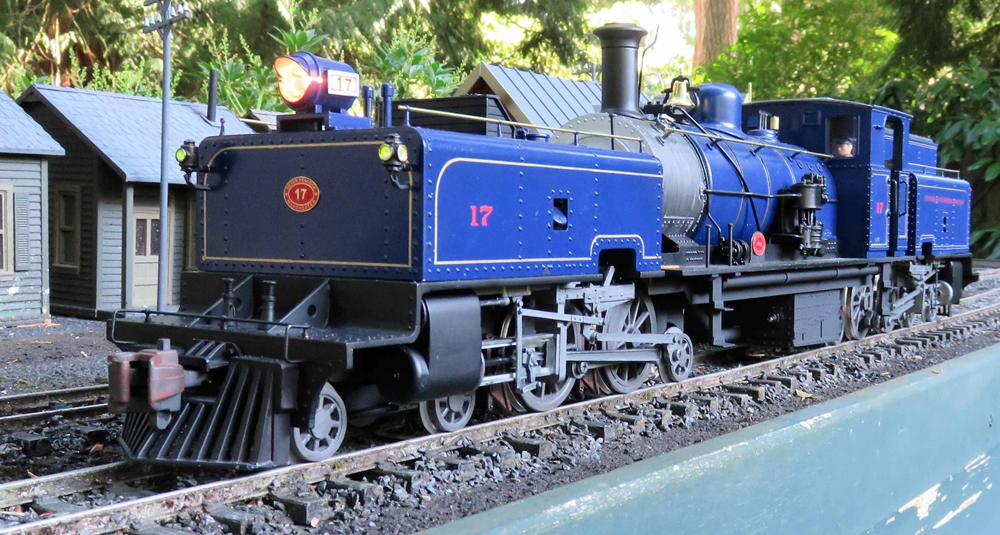
A Bachmann “Big Hauler;” wasn’t it everybody’s first? It was part of a train set my wife bought me for Christmas from Costco. They were about 85 bucks in those days, and included two passenger cars, track, and power source. I don’t think she quite understood when I took it out into the yard to run. I think I heard her mumbling something about a Christmas tree at the time.
My favorite part of the hobby?
Building locomotives! I have built more than 20 mostly freelance large scale engines, all 1:24 scale, which equals 3’6” gauge on 45mm, gauge 1 track. Most are steam engines, but there’s a few unique “vintage” diesels. They are all battery powered and radio controlled. I prefer passenger trains and most of my passenger cars are heavily modified LGB and Bachmann vehicles. The freight cars are all repainted American prototypes.
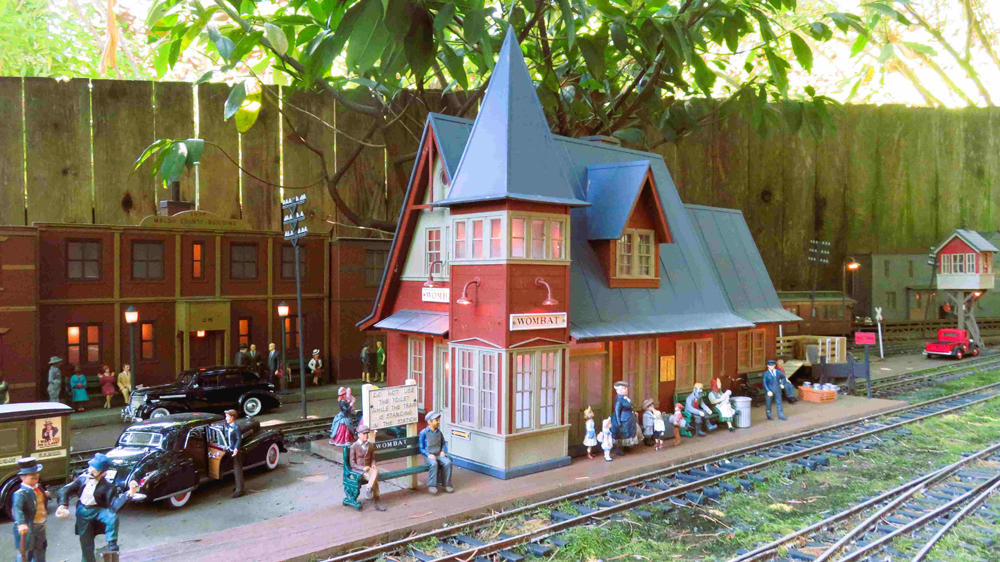
My Dunckley Northern Railway (DNR) is based on a generic African colonial line. It circles the yard, running through a 200 square foot “train room,” where I do all my model building. The DNR operates British outline locomotives. My Consolidated Concentrates Conglomerate (CCC) is a branch line based on the U.S. mining railroads in South America. It uses U.S. outline locomotives and connects the DNR to the standard gauge (64mm, gauge 3), in a dual gauge transfer yard at Newton. Both share operating rights with each other.
3’6” gauge is all over the world, so this gives me great flexibility to build anything that catches my eye.
I also have a standard gauge switcher and a few freight cars for in dual gauge yard to demonstrate how much bigger they are alongside the 3’6” gauge equipment.
Least favorite part?
Keeping dust, dirt, and debris off highly detailed areas of the railway without doing any damage.
Biggest modeling success?
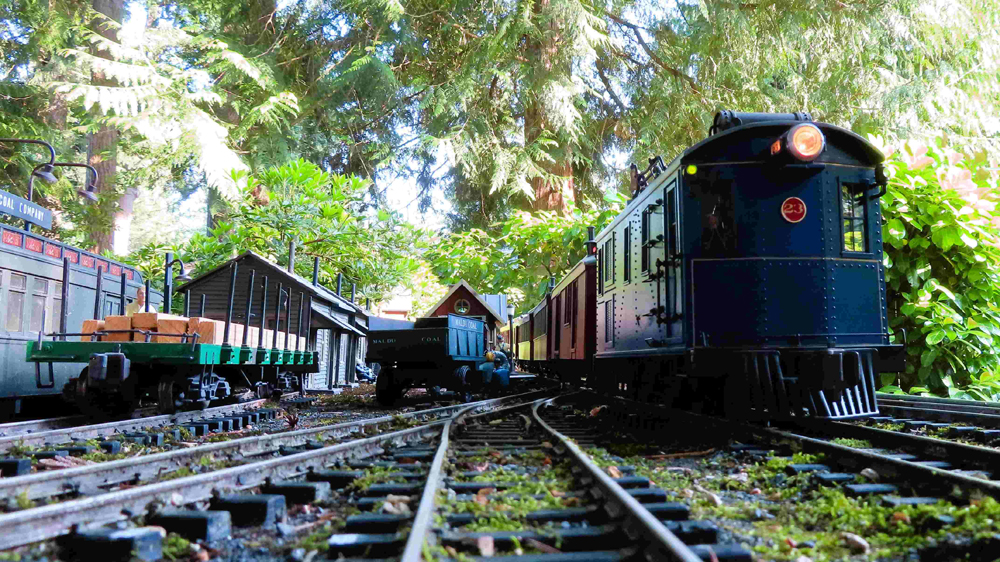
The support I’ve received from other modelers for my efforts in modeling contests and from the model railroad magazines that occasionally accept my submissions for publication.
Biggest modeling mistake?
Not building my railway off the ground in the first place. I finally raised it approximately three feet off the ground about 15 years ago and never looked back. (See Garden Railways, August 2012 edition).
I constructed a flexible PVC track base on steel pipe posts, 6 feet apart. There has been little maintenance required, even in Seattle’s mythical rain! The towns are on wooden “tables” covered with rolled roofing material. All buildings are moved inside in the winter, but the track is usable all year.
What advice would you give to new hobbyists?
Take those large scale and O gauge trains, (especially all that LGB stuff that’s going to put your grandkids through college), out into the garden, create a simply circle of track on the ground, and run some trains! It will be so liberating!






